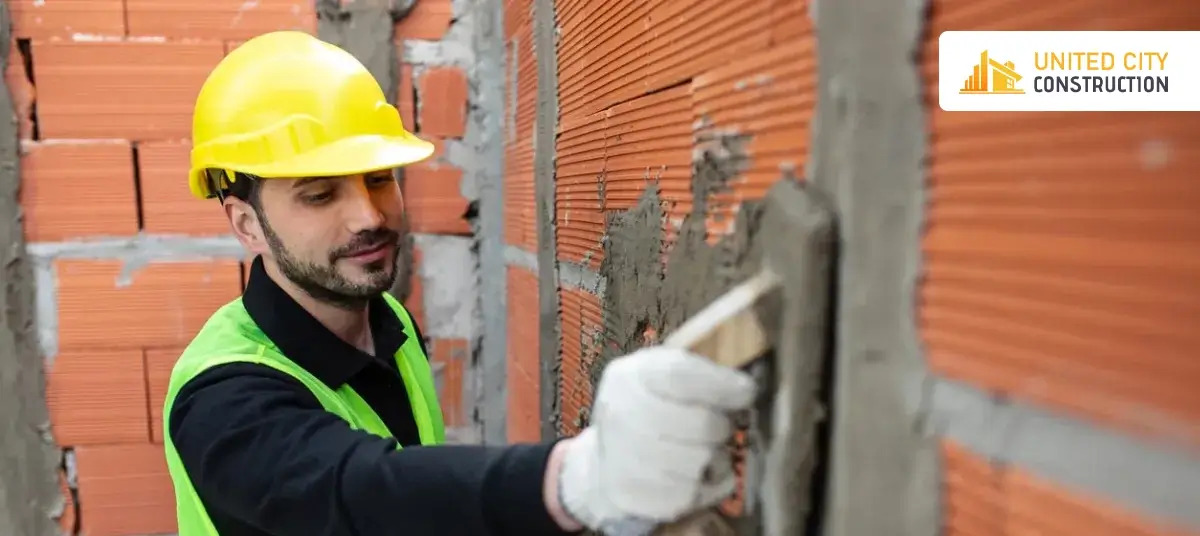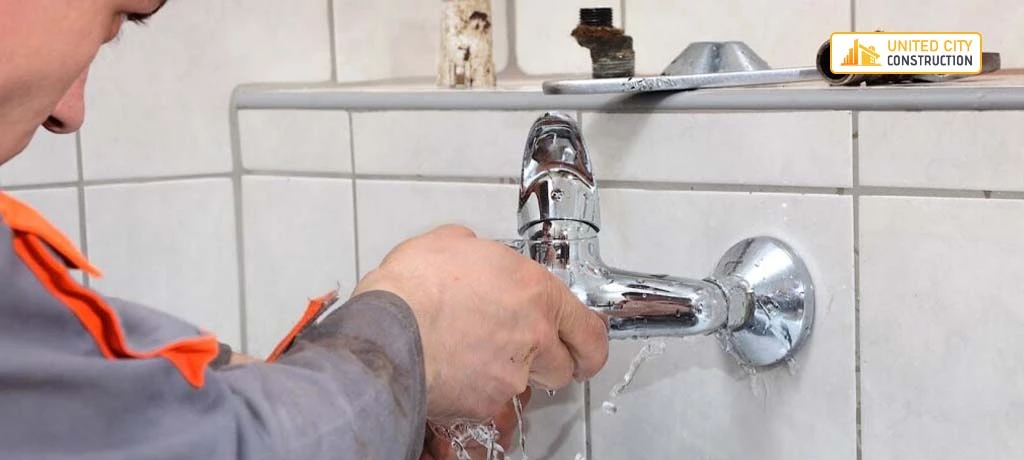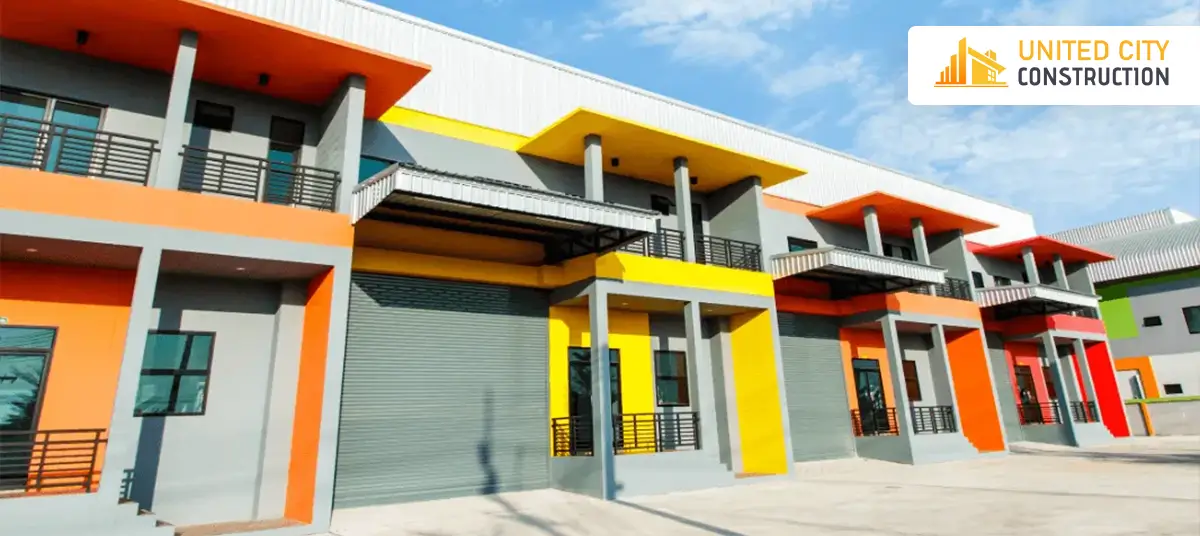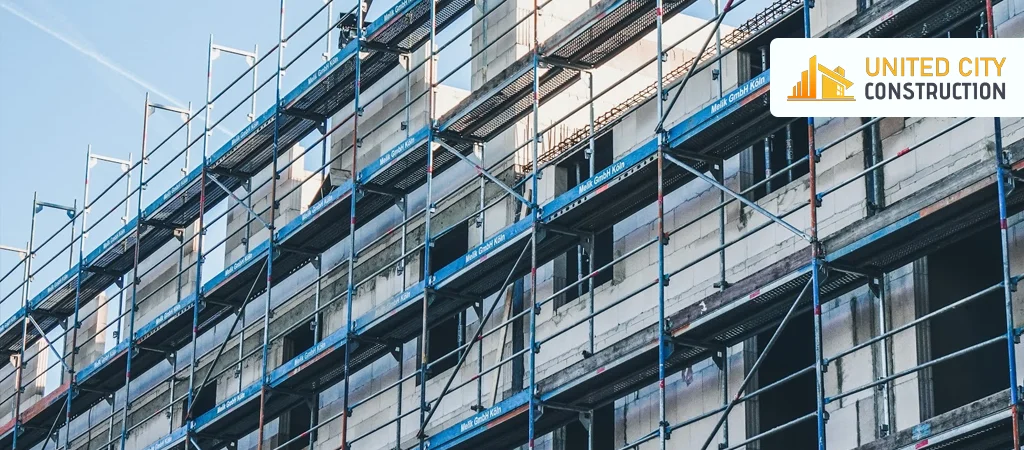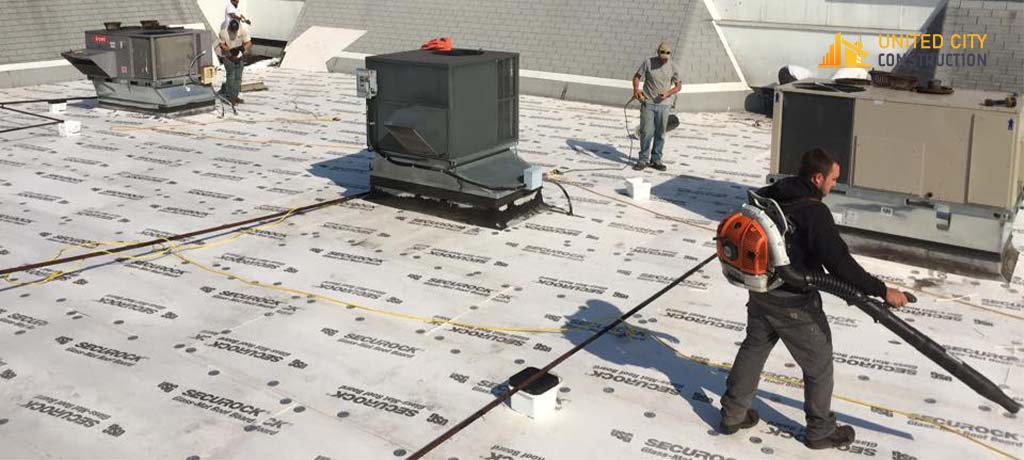Effective Commercial Building Restoration Techniques
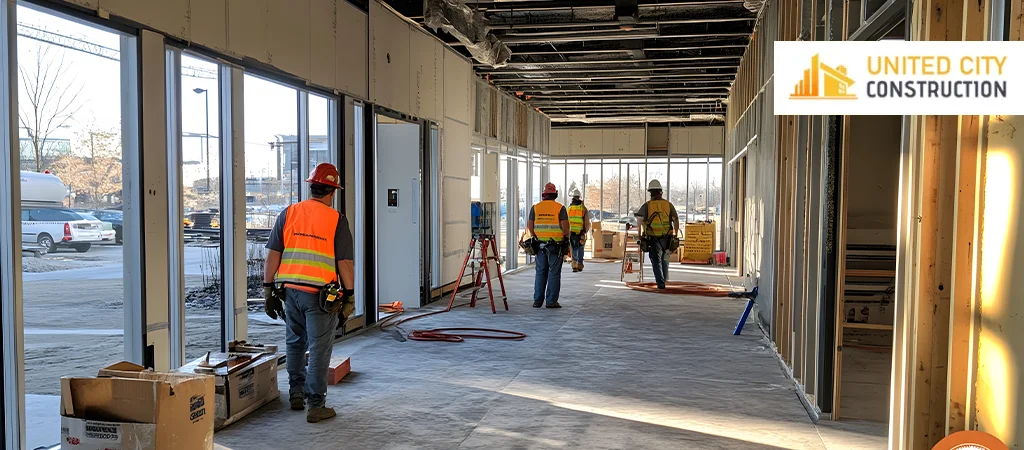
Commercial buildings are much more than buildings. They are frequently used to symbolize the heritage of a city, the reputation of a company and the pride of a community. But like all things, they age. Weather, pollution and time can take their toll on their natural stone exteriors. Cracks appear, surfaces break down and the once magnificent appearance is lost.
The restoration of commercial buildings is not just about making them look attractive again. In addition to protecting history, it involves ensuring structural integrity and making sure that the building can continue to serve its purpose for generations to come. A good restoration plan has respect for the past as much as the future.
Why Stone Restoration Is Important
Stone is more than just a choice for decoration. The outer skin and storybook of architecture. Limestone, granite, marble, or sandstone all have a legacy of workmanship and longevity. These stones are characteristic of their period and of the pride of the builders who created them.
When the compost is allowed to rot, the effects are not just visual. Water can seep into cracks. Freeze-thaw action creates separation. Pollution is a corrosive substance that attacks surfaces. With time, the building loses its beauty as well as strength. For a commercial building in NYC, this depreciates credibility, too, and reduces value. On the other hand, a carefully restored facade revives the building. It maintains authenticity, conserves energy with better performance, and increases the life of the building for decades.
Deterioration Basics
Before expert work is started, the stone must be studied. Every mark tells a story. Is it erosion from acid rain? So is moss feeding on moisture? Is it structural stress caused by moving foundations?
Condition surveys are a great way to answer these questions. Professional contractors in Queens use devices such as moisture meters, thermal imaging or even microscopic analysis to determine the underlying cause of rot. Sometimes they use old records to find out how previous repairs were completed. The objective is always the same, they want to identify the real root cause of the damage so that repairs are permanent. Without this step, restoration of commercial buildings is guesswork. Cleaning a discolored wall may take care of the cosmetic problem, but if water infiltration persists the damage will return.
Putting Together a Restoration Plan
Once the diagnosis is made a detailed plan follows. The approach is part old-school arts and crafts, part modern science. It can include cleaning, repointing, patching, or even reinforcing damaged structures.
All decisions are made with the respect for the original stone. Strong treatment can do more harm than good, so experts are selective about the ways they treat. For example, a soft limestone wall will require a very different approach than a hard granite wall.
Gentle Cleaning Techniques
Cleaning is often the basic step that you can see when commercial buildings need restoration. But it has to be done carefully. High-pressure washer or abrasive tools that can remove delicate details On the other hand, delicate carvings are often cleaned with soft water sprays, gentle detergents, or even laser cleaning.
The laser technology has become a game changer. It eliminates dirt, pollution and biological growth without contacting the stone. It is particularly suitable for delicate ornamentation, which can easily be damaged by brushes or chemical processes. The result is a clean surface, with natural strength and feel.
Repointing the Mortar
The gaps between rocks are as important as the rocks themselves. Eventually mortar breaks down and lets in water. Repointing replaces the old mortar with a new mixture of mortar that is the same color, texture, and strength as the original.
This process must be done in a methodical way. If the new mortar is too stiff, the stone will crack. If it is too soft, it won't last. Typically, historians can locate a description of the original recipe and repeat it. The result is a smooth repair that fits logically into the facade.
Stone Chemists - Polishing and Patching
Not every stone can be saved. Sometimes pieces break or erode to the point where recovery is impossible. In those conditions patching compounds or precision carved replacement segments are employed. The intent is always to be as close to the original as possible in terms of look and functioning.
Professional contractors in NYC hire handcraft artisans who are integrating technology into the process. For example, if a piece of the part is missing, a 3D scanning can render 3D models which are then carved by hand by experienced stonemasons. Done well, it is almost impossible to detect the difference between old and new.
Increasing Structural Stability
Structure is weak if surface beauty is little. Some restorations also need to be reinforced to deal with load changes or foundation problems. This may involve the use of stone consolidants - chemical products that penetrate deep into the stone increasing the bond between particles, strengthening the stone from the inside.
These treatments provide greater durability and lower risk of future cracking. They cause the stone to be harder while maintaining the natural appearance of the stone.
State of the Art Restoration Techniques
Modern restoration also provides advanced options. Poulticing, for example, is used to exude deep stains from stone. A special paste is applied, left to soak up contaminants, then removed taking the stain with it.
In cases where large portions of historic detail have been lost, CAD software and 3D models help artisans to recreate them accurately. The balance of technology and craftsmanship provides continuity with the past. Chemical treatments are, however, used sparingly. They must be selected carefully or adverse reactions with the stone will occur.
Supporting Material Integrity
Every stone repair has to honor the original. That means using replacement stones from quarries that are similar and have the same mineral composition and tested for chemical compatibility. Mortar, sealers and consolidants must all be compatible with the original materials.
Even the slightest incompatibility will lead to accelerated wear. That's why everything is tested before it is used on the entire facade.
Long-Term Preservation
Restoration is not the end of the road. Preservation is ongoing. Rehabbed stone masonry can last decades but only if taken care of.
Protective course: Protective course protects the stone from moisture, UV damage and biological growth. They are not permanent, so they will need to be re-applied every couple of years. Inspections are also very important. A small crack can be caught early, before it becomes something more expensive to fix.
Many property managers implement maintenance schedules, typically twice a year inspections. Digital tools now make monitoring change easier, with sensors and high resolution photography allowing even the subtlest of shifts to be quantified.
Other conditions also need to be taken care of. In many cases, proper drainage, protective barriers or treating other sources of pollution nearby can greatly slow the deterioration rate.
The Role of Documentation
All stages of restoration must be documented. From diagnostic testing to mortar type, comprehensive documentation acts as a guide for future maintenance. When the next restoration becomes necessary decades later, the records will lead the way and keep errors from occurring.
Good documentation is also valuable. Buyers or tenants see it as evidence that the building has been well maintained.
Final Thought
Restoring commercial buildings is an art and science. It starts by getting to know the stone, and understanding what is wrong with it. It is followed by careful cleaning, repointing, patching, and strengthening. And it never really stops, as the preservation is a never-ending task.
When done right, restoration protects more than a face. It protects history, protects structural integrity and increases the longevity of a precious property. Modern technologies like laser cleaning, consolidants, and digital monitoring combine effortlessly with traditional craftsmanship to ensure the best of both worlds. A restored building becomes a link between the past and present. It celebrates the workmanship of those who constructed it while securing its place in the future of the city.
Don’t let damage lower the value of your commercial building in NYC.Trust experienced professional contractors in Queens to restore your property with care and precision. Contact us today at United City Construction for consultation and discover how we can preserve the beauty and strength of your building for decades to come.


